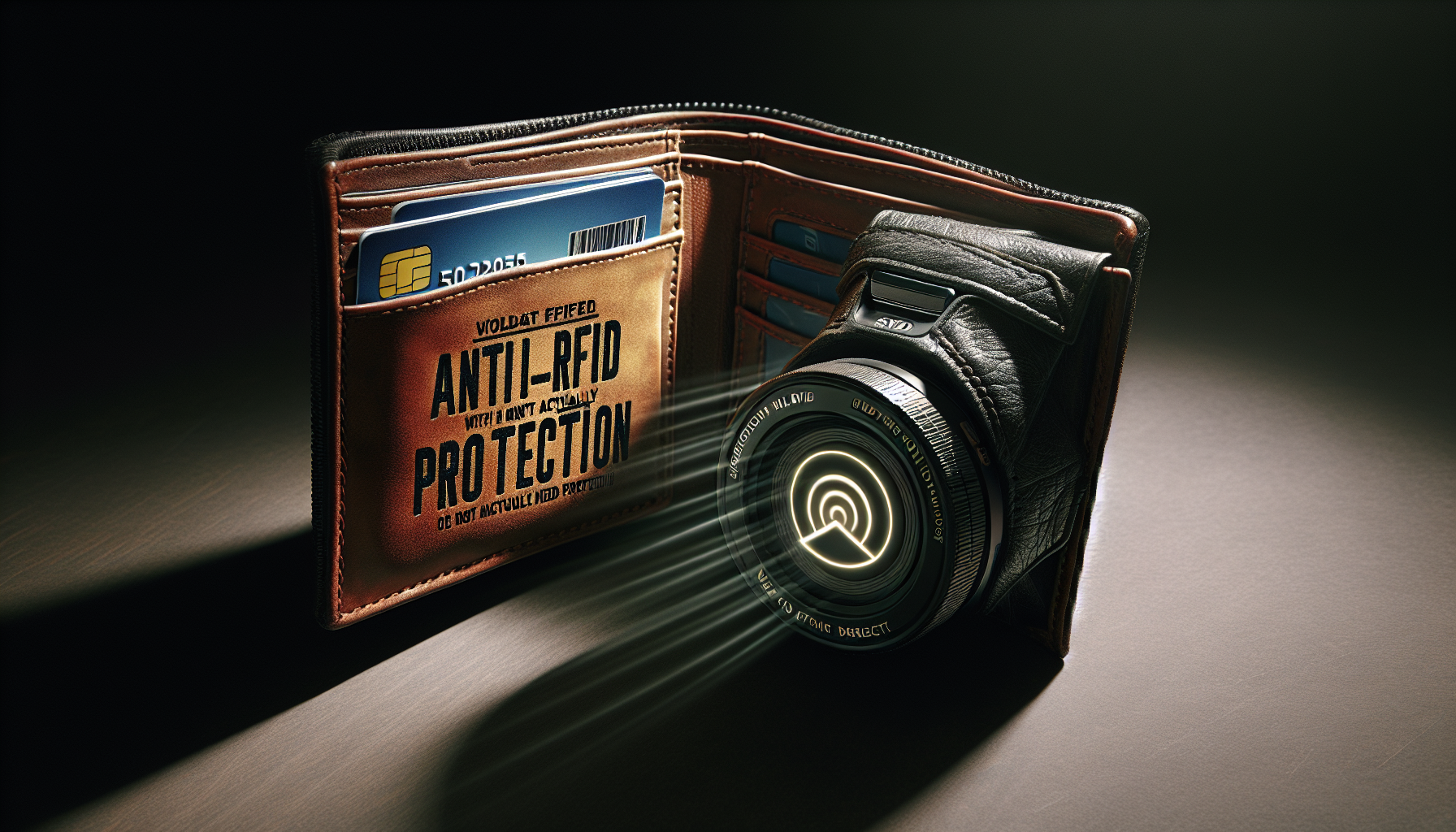Understanding RFID technology and its risks
What is RFID?
There Radio-Frequency Identification (RFID) is a technology that allows the automatic identification of objects, animals or people using radio waves. It uses small electronic devices called labels Or RFID tags, which store data and transmit this information to an RFID reader.
Tags can be passive (without a power source of their own, activated by the reader), active (with a built-in power source, usually a small battery), or semi-passive (with a battery to increase signal range).
How does RFID work?
The operation of RFID is based on three main components: the antenna, the transponder (RFID tag) and the receiver (RFID reader). When a tag passes near a reader, the reader’s antenna emits radio waves. If the tag is in range, it is activated and sends its data to the reader, which then transmits it to a computer system for processing.
RFID Applications
RFID applications are diverse and present in many areas, including:
- Stock management and logistics: monitoring of products in a warehouse.
- Access control: RFID badges to secure access to buildings.
- Animal identification: RFID chips for tracking livestock or pets.
- Contactless payment: bank cards or transport systems incorporating RFID technology.
- Healthcare industry: tracking medications and hospital devices.
Advantages of RFID
The advantages of using RFID are multiple:
- Improved efficiency : Reduction of tracking errors and acceleration of management processes.
- Real-time update : Instant tracking of tagged objects.
- Reduced costs : Less labor required for tracking items.
- Robustness : RFID tags are more resistant to hostile environments compared to barcodes.
Risks and disadvantages of RFID
However, RFID technology is not without risks and disadvantages:
- Private life : Risk of personal tracking if tag information is not properly secured.
- Data security : Risk of theft or interception of information contained in tags if communication is not secure.
- Implementation costs : Installing complete RFID systems can be costly, especially for small businesses.
- Interferences : RFID signals can be interfered with by certain materials or other radio frequencies.
When it comes to data security, it’s a bit of a myth. There is some truth, but let’s look at it in detail now:
Myths around RFID identity theft debunked

Myth #1: RFID scanners can read your data at great distances
This myth is probably one of the most widespread. In reality, most RFIDs for personal use have a very limited range. Proximity tags, the kind you find in credit cards and passports, can only be read from a few centimeters. Greater distances require sophisticated hardware and are impractical for potential identity thieves.
Myth #2: All your information is exposed
Another common myth is that all your personal information is exposed via RFID. In truth, data stored on RFID chips is generally encrypted and access often requires some form of additional security. For example, RFID credit cards do not transmit your full credit card number or CVV.
Myth #3: Cloning an RFID card is easy
Cloning an RFID is not as simple as it seems. RFID cards are often equipped with specific security features, such as PIN codes or complex encryption systems that easily prevent cloning. In addition, the scanners capable of carrying out these illicit operations are not accessible to the general public.
Myth #4: Armored wallets are essential
Because RFID tags have a limited range and sensitive information is encrypted, the usefulness of shielded wallets is often exaggerated. Although they can provide an extra layer of protection, they are not an absolute necessity for everyone.
Conclusion: The reality behind the myths
To conclude, although identity theft is a real threat, the myths surrounding identity theft via RFID tend to be exaggerated. The best defense remains prudence and informed use of technologies by having a basic understanding of their capabilities and their limits. Always ensuring the security of your personal information is essential, with or without RFID.







